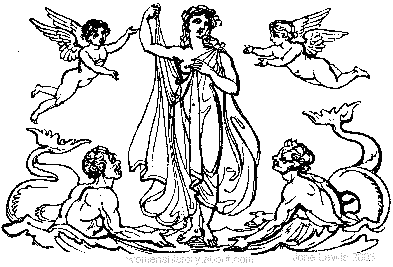Research Experience with Astrology and Fertility
For over twelve years, prior to beginning my PhD research in 1999, I had used in client work, the astrological rules laid down by the 17th century English astgrologer, William Lilly, identify particular years in women’s lives when they were likely to give birth, and found an interesting number of associations where it appeared to work. I wanted to test this theory in a scientific setting.
I chose fertility treatment women because it was possible to know exactly what date the embryo was implanted in the uterus and so, in theory, what time conception/ pregnancy had occurred. When conception occurs naturally, the embryo can form and embed in the uterine lining at any point up to five days after sex. Also, very few of my clients could remember the exact date when they had sex that resulted in their offspring – although some could because of circumstances, i.e., “It had to be that date because then I got the ‘flu’ and that was the only time I felt like it for six weeks”. Knowing exact dates, i.e. the only dates, when conception could have taken place helped to work out what different margins of time to allow for the contacts of Venus and Jupiter to apparently result in a successful pregnancy.

The research that I carried out for my doctorate in health psychology at the University of Southampton supports, to some extent, what ancient astrologers had to say about astrology on the age old question of “When will I have children?”. My research into links between Venus and Jupiter contacting certain points or planets in a client’s birth chart in years when they would have children showed a significant association with the link having a 94.4% chance of being a true connection and a 5.6% chance of being a “fluke”. So a scientific approach, using rigorous statistical tests and methods helped to confirm, in some respects, very old traditional beliefs about Venus and Jupiter being the baby bringers of the zodiac during a woman’s child-bearing years.
